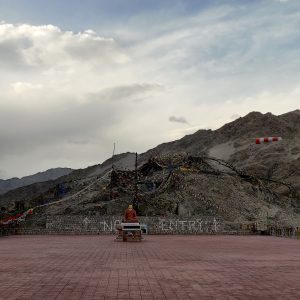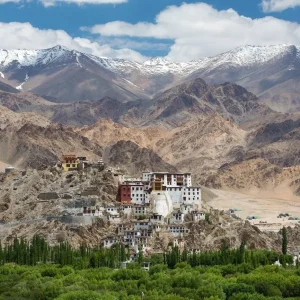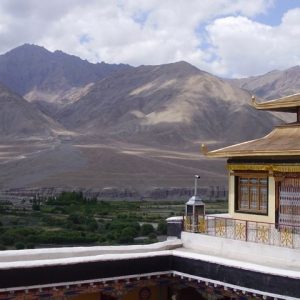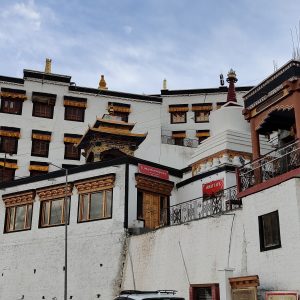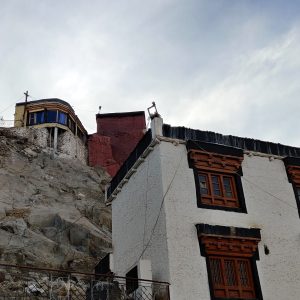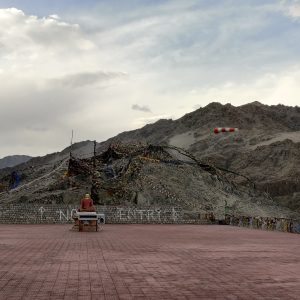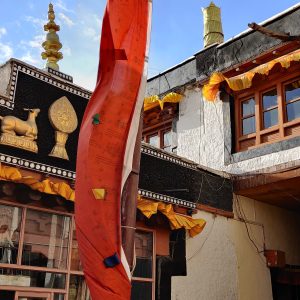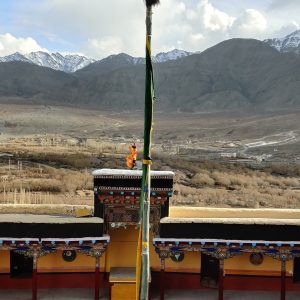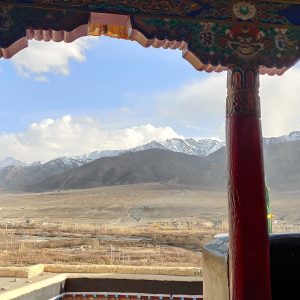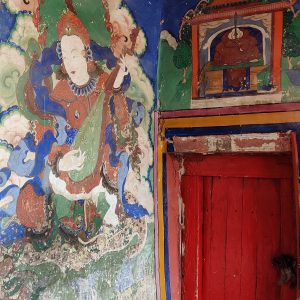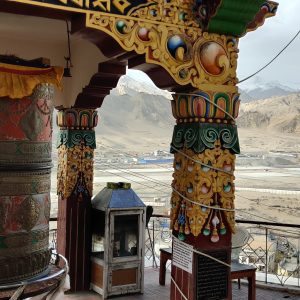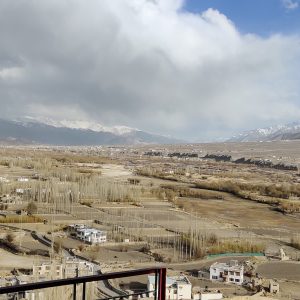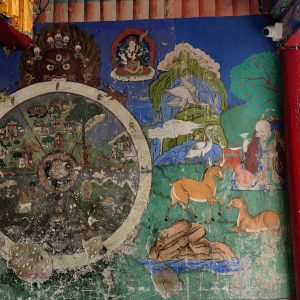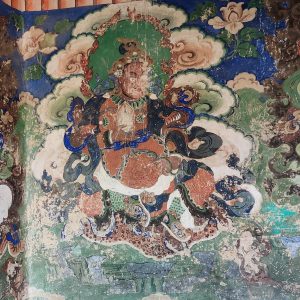Conclusion
Khardong Monastery is not just a place of worship; it is a testament to the enduring spiritual heritage of Ladakh’s high-altitude borderlands.
Situated at the foot of the famous Khardung La Pass, about 40 kilometers north of Leh, Khardong Monastery is a serene and spiritually significant site for travelers and pilgrims alike. The monastery is part of the Gelugpa (Yellow Hat) school of Tibetan Buddhism and was established in the early 19th century. Though relatively smaller than some of the other monasteries in Ladakh, its location and tranquility make it an ideal place for reflection and spiritual practice.
The monastery’s setting is unique, with panoramic views of the surrounding mountain ranges and the fertile Nubra Valley. The quiet, peaceful environment, combined with its proximity to the highest motorable pass in the world, creates an atmosphere that is both otherworldly and grounded in spiritual significance.
Inside the monastery, visitors can explore prayer halls adorned with murals, statues, and thangkas, each depicting scenes from the life of the Buddha and Tibetan Buddhist deities. The main prayer hall also houses a sacred statue of Buddha, attracting devotees who visit for prayers and meditation. The monastery is an active center of Buddhist learning, with a small community of monks who live and study there, upholding the teachings of Buddhism and engaging in regular prayers.
Khardong Monastery is often overlooked by many travelers due to its remote location, but for those who venture here, it offers a more intimate experience of Ladakh’s Buddhist culture. It is a quiet sanctuary where visitors can participate in monastic life, observe religious rituals, and enjoy the natural beauty of the surroundings.



